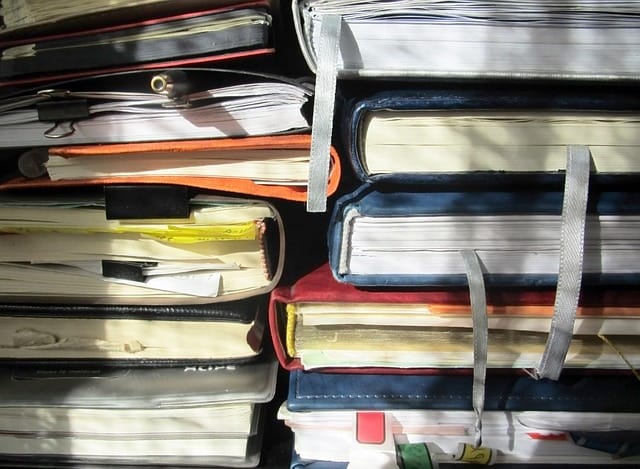Hey - welcome to this article by the team at neatprompts.com. The world of AI is moving fast. We stay on top of everything and send you the most important stuff daily.
Sign up for our newsletter:
Ensuring a classroom functions efficiently requires teachers to handle numerous behind-the-scenes duties besides their direct interactions with students. Recognizing this challenge, Microsoft Research has introduced a fresh AI initiative to support educators in these tasks.
Named 'Education Co-Pilot', this AI-driven digital assistant is designed to aid teachers by harnessing the capabilities of generative AI.
For instance, Co-Pilot assists educators in various preparatory tasks such as crafting personalized learning experiences, devising assignments, constructing hands-on activities, and formulating lesson plans, among other responsibilities.
One teacher in Bengaluru experienced a dramatic decrease in her lesson planning time, from a range of 60 to 90 minutes daily, to a mere 60 to 90 seconds, thanks to the assistance of Education Co-Pilot.
Cutting Down Lesson Planning Time

Teachers invest a significant amount of time in lesson planning, ensuring that they meet clear objectives for every class. According to recent reports, Microsoft's AI-powered digital assistant offers suggestions and automates many of these behind-the-scenes tasks, allowing teachers to focus on the more human aspects of their profession. This, in turn, saves valuable time, making it easier for teachers to prepare for the next day's lessons and offer personalized learning experiences.
Interdisciplinary Collaboration
This project, dubbed Project Vellm, is an interdisciplinary collaboration between Microsoft Research India and the Sikshana Foundation. Their joint research project was based on feedback collected from teachers, primarily in York City schools. Teachers were eager for a solution that could reduce their lesson planning time and help in designing assignments. Responding to this need, the partnership yielded an AI tool optimized for creating hands-on activities and planning specific learning activities.
Personalized Learning Experiences and Local Integration
The AI teaching assistant also assists teachers in developing personalized learning experiences for their students. By using AI, the program can identify activities suitable for a specific grade level, making content more relevant and easily accessible.
Moreover, the collaboration with the Sikshana Foundation, a local organization, ensures the tool is not just a private resource content but has applications grounded in public schools' needs. It's an example of how global technology can be locally integrated to improve public education.
Behind-the-Scenes Magic: Leveraging Generative AI
At its core, Microsoft's AI Teaching Assistant employs large language models and generative AI. These technologies allow the assistant to produce relevant content for lesson plans, helping teachers set clear objectives. The AI-driven tool can also suggest different resources for take-home assignments, thereby ensuring students receive a comprehensive learning experience.
Teachers have the option to design their own curriculum and syllabus, making the AI's role more of a helpful assistant rather than a replacement. This partnership between human intelligence and AI ensures classroom content remains rich and diverse.
Feedback Loop and Future Plans
An essential component of this initiative is collecting feedback from users. Teachers are encouraged to offer feedback on the AI-generated materials, ensuring the tool is continually refined. This feedback loop not only guarantees the AI's relevancy but also aligns with the teacher's role in creating a robust educational environment.
Looking ahead, Microsoft plans to expand this pilot program to more schools, aiming to empower students and teachers alike. The vision is universal empowerment through technology, and this AI-powered assistant is a testament to that.
Conclusion
The partnership between Microsoft Research, Sikshana Foundation, and public schools presents a promising future where technology aids in improving public education. By leveraging generative AI tools like Microsoft's AI Teaching Assistant, teachers can more efficiently execute their tasks, from setting clear objectives to creating hands-on activities. As the world of education continues to evolve, the integration of AI into learning platforms ensures that both students and teachers have the resources they need to succeed.
